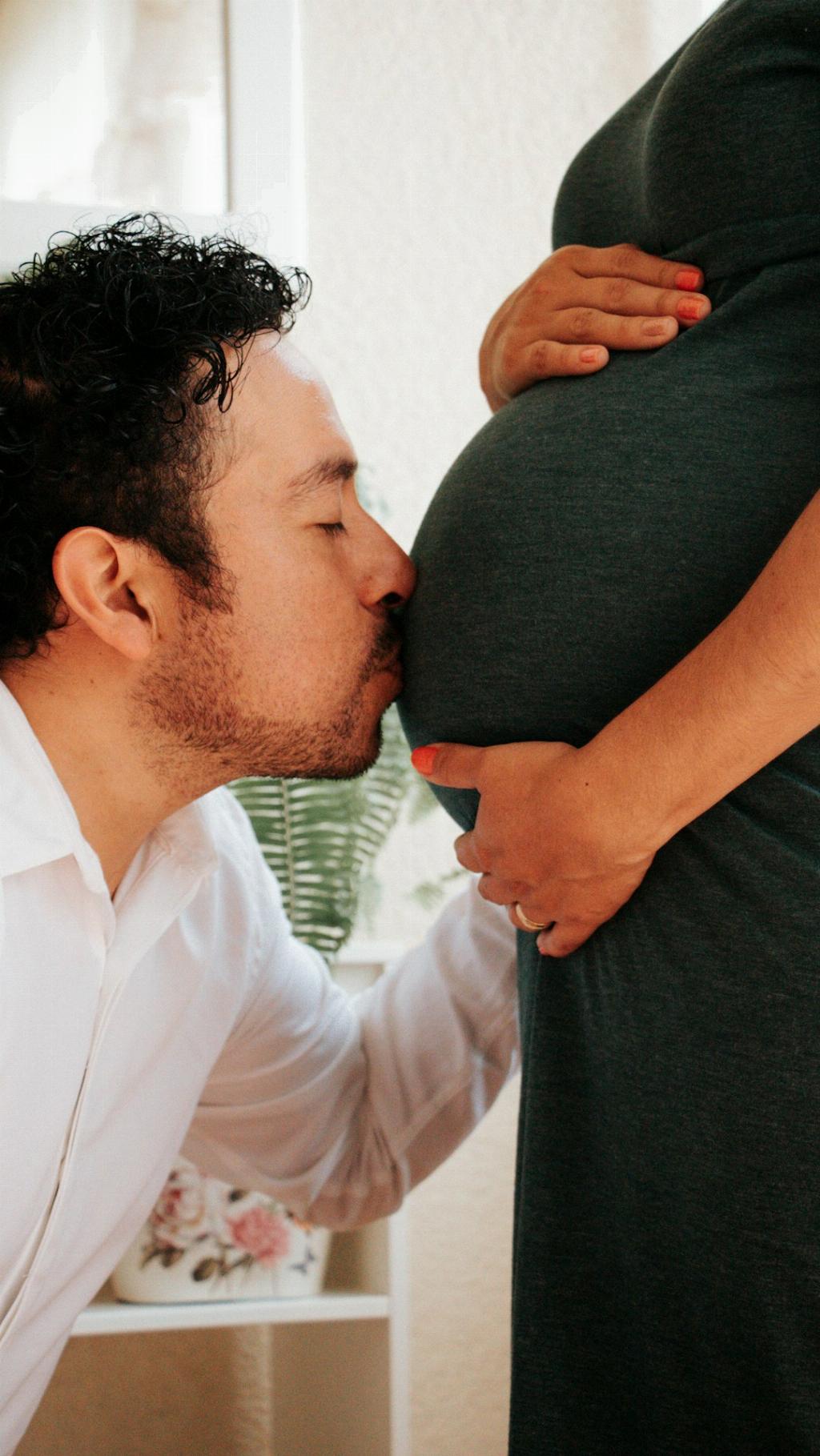During pregnancy, dealing with health issues can be concerning, especially when it comes to conditions like granulomas. Pyogenic granulomas, also known as pregnancy tumors, can develop on the skin or mucous membranes. These small, red growths can appear due to hormonal changes, and while they are typically harmless, they can sometimes cause discomfort or bleeding.
Consulting a Healthcare Provider
If you notice the development of a granuloma during pregnancy, it is essential to consult with your healthcare provider. They can properly diagnose the condition and provide guidance on the best course of action. Understanding the specifics of your granuloma is crucial in determining the most effective treatment.
Exploring Treatment Options
When it comes to treating granulomas during pregnancy, there are several options to consider. Most commonly, healthcare providers may choose to remove the granuloma using a procedure known as curettage. This involves scraping off the growth using a specialized instrument and cauterizing the area to prevent regrowth.
Local Anesthesia for Treatment
Before undergoing a procedure to remove the granuloma, a local anesthesia such as lidocaine is typically administered to numb the area. This ensures that the process is as comfortable as possible for the patient. The use of anesthesia is essential in minimizing any pain or discomfort during treatment.
Chemical Treatment Options
In some cases, healthcare providers may opt for chemical treatments to address granulomas. Substances like trichloroacetic acid (TCA), podophyllin, phenol, or silver nitrate can be applied to the growth to aid in its removal. These chemicals work by targeting the abnormal tissue and promoting healing.
Monitoring Healing and Regrowth
After undergoing treatment for a granuloma during pregnancy, it is crucial to monitor the healing process closely. It is normal for some discomfort, redness, or minor bleeding to occur initially. Regular follow-up appointments with your healthcare provider can help track progress and address any concerns.
Preventing Granulomas During Pregnancy
While granulomas may be more common during pregnancy due to hormonal changes, there are steps you can take to help prevent their development. Good oral hygiene practices, such as regular brushing and flossing, can reduce the risk of gum granulomas. Avoiding trauma or irritation to the skin can also help prevent skin granulomas.
Considering the Risks and Benefits of Treatment
When deciding on the best approach to treat a granuloma during pregnancy, it is essential to consider the risks and benefits of each option. Your healthcare provider can provide guidance based on your specific situation, taking into account factors such as the size and location of the granuloma.
Addressing Concerns About Treatment During Pregnancy
If you have concerns about undergoing treatment for a granuloma while pregnant, be sure to discuss them openly with your healthcare provider. They can explain the procedure in detail, including any potential risks and benefits, to help you make an informed decision about your care.
Seeking Support and Guidance
Dealing with a health issue like a granuloma during pregnancy can be stressful, but you are not alone. Seeking support from your healthcare provider, loved ones, or online resources can provide comfort and guidance as you navigate treatment options and recovery.
Follow-Up Care and Monitoring
After receiving treatment for a granuloma during pregnancy, it is important to follow any post-procedure care instructions provided by your healthcare provider. This may include gentle cleaning of the area, taking prescribed medications, and attending follow-up appointments to ensure proper healing.
Conclusion
Managing a granuloma during pregnancy requires careful consideration and guidance from healthcare professionals. By understanding the treatment options available and actively participating in your care, you can address the issue effectively and ensure a healthy outcome for both you and your baby.

